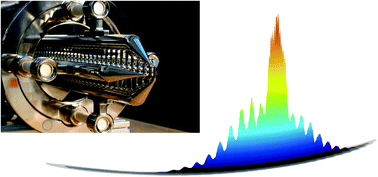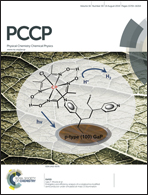Molecular collisions coming into focus
Abstract
The Stark deceleration method exploits the concepts of charged particle accelerator physics to produce beams of neutral polar molecules with an almost perfect quantum state purity, a tunable velocity and a narrow velocity distribution. These monochromatic molecular beams offer interesting perspectives for precise studies of molecular scattering processes, in particular when used in conjunction with state-of-the-art laser-based detection techniques such as velocity map imaging. Here, we describe crossed beam scattering experiments in which the Stark deceleration method is combined with the velocity map imaging technique. The narrow velocity spread of Stark-decelerated molecular beams results in scattering images with unprecedented velocity and angular resolution. We demonstrate this by resolving quantum diffraction oscillations in state-to-state inelastic differential scattering cross sections for collisions between NO radicals and rare gas atoms. We describe the future prospects of this “best-of-two-worlds” combination, ranging from scattering studies at low collision energies to bimolecular scattering using two decelerators, and discuss the challenges that lie ahead to achieve these goals.


 Please wait while we load your content...
Please wait while we load your content...